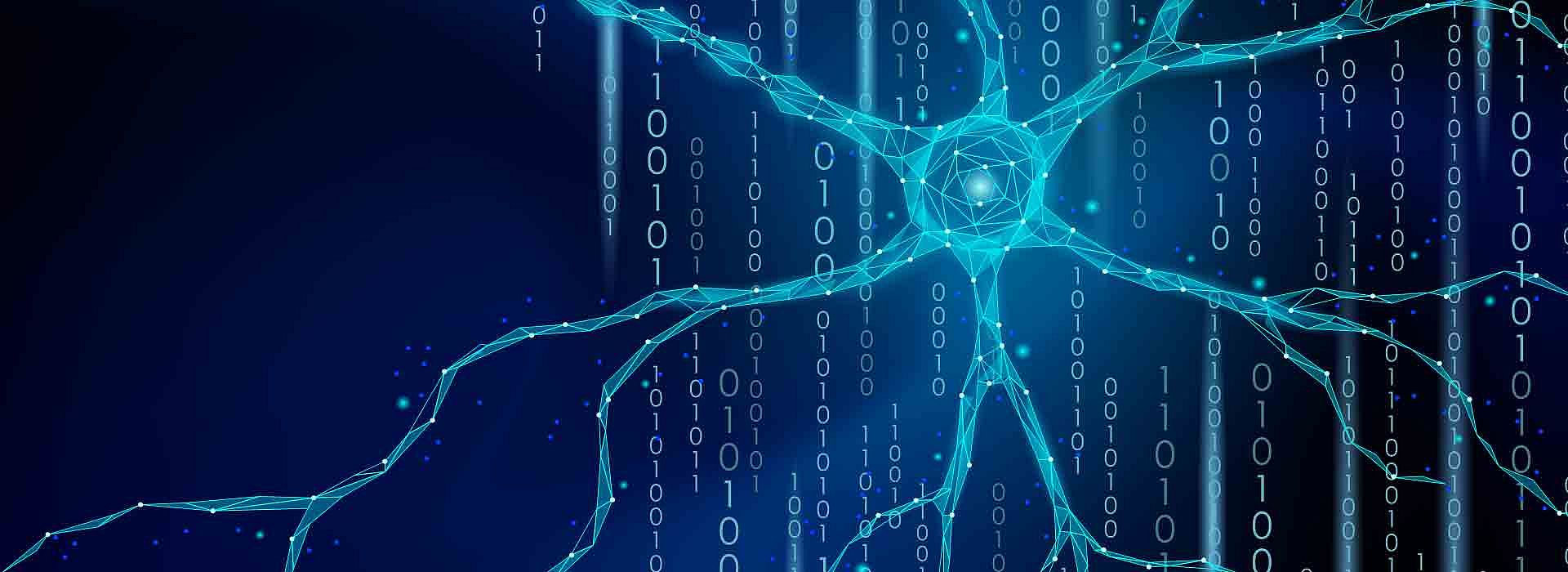
Bridge the gap between neuroscience computing and robotics
A pan-EU team led by fortiss till March 2020, is developing the platform, which involves simulation software that enables robotics engineers, neuroscientists and AI enthusiasts to control virtual 3D robots with a wide range of different neural networks.
Controlling neural networks (spiking or conventional methods) is an important trend. The issue is that to date, no simulator has been capable of carrying this out. The strength of the NRP lies in the seamless integration of physics and neural simulation. The simulators developed by the NRP team are embedded in a graphics tool, allowing users to create embodied AI experiments within a closed loop.
The platform is available online or can be installed on a computer. It utilizes Gazebo as an underlying robot simulator and supports Nest, Spinnaker, Pynn, Nengo or Tensorflow as neural network simulators.
The fields of robotics and neuroscience are increasingly converging. In the complex worlds of robotics and AI technology, simulation is a must-have, especially when cognitive enhancements to robots are involved.
On one hand, neuroscientists and AI experts can use the NRP to test their neural networks in a virtual environment using sensor data and actuator controls. On the other, robot specialists can utilize neural controllers to try out innovative robot controls, compare with competitors, test with neuromorphic hardware (Intel Loihi or Spinnaker) and ultimately make solid design decisions.
With this in mind, we are researching how the processing capacity of the neurosimulator can be massively distributed across Europe’s major research centers, plus we are interested in the design of neuromorphic hardware. Our scientists are also working on ways to improve the physics simulation through particle physics, which will hopefully help to simulate liquids and sandy materials in real-time.
The NRP meanwhile offers muscle simulations, skeletal structure models and tools for the realistic simulation of biologically-inspired systems. And the in silico testing of spinal cord controllers for walking or swimming is now possible using biologically-inspired robots.
Because of its unique functionality and complexity, the NRP is used within and outside of the Human Brain Project for university courses, neurorobotics research projects and the neurosciences.
The EU-funded Human Brain Project, launched in 2013, is segmented into 12 subprojects, of which the NRP is one.
The project consortium comprises 110 international research facilities, as well as partners from industry. The budget amounts to around 1 billion euros, with funding set to expire in 2023.
Human Brain Project, EU Framework FP7-604102 (THE HUMAN BRAIN PROJECT) and EU grant agreement no. 945539 (HBP SGA3)
01.02.2014 - 31.09.2023